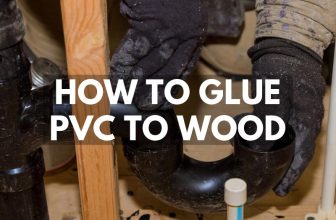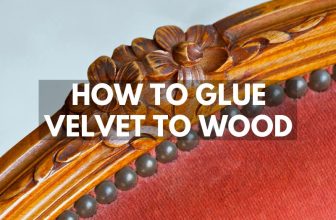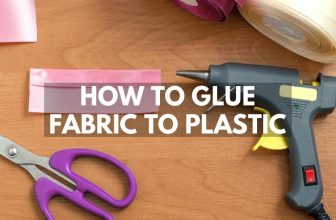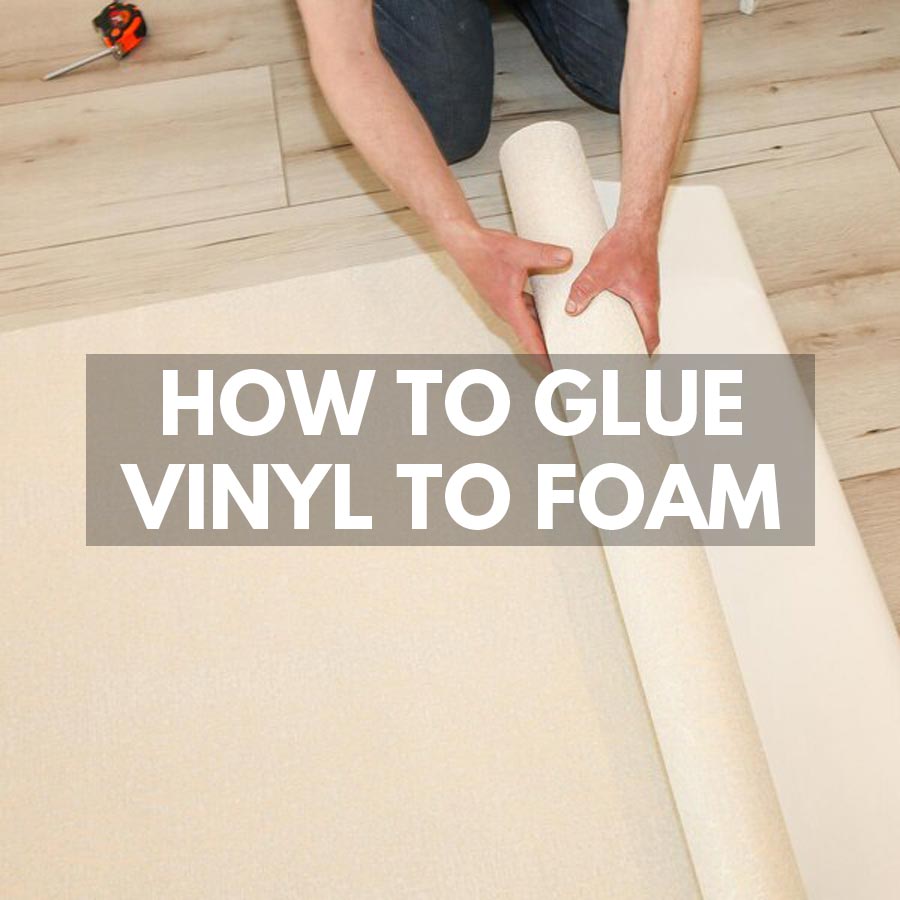
How to Glue Vinyl to Foam
You want to know how to glue vinyl to foam with the least amount of time and effort. The guide below will walk you through which glues work great with these materials. However, the best adhesive for gluing vinyl and foam is the EVO-STIK “Sticks Like Sh*t” adhesive which is incredibly resilient and quickly forms a strong weather-proof bond between porous and non-porous surfaces.
Foam is highly porous while vinyl is non-porous, and to combine the two; you need an adhesive that can expand into the pores of foam while also bonding with the smooth vinyl. Super glue is an excellent option if you are on a budget, though it may not hold up permanently in outdoor environments. You need to think about the end goal of your project when determining which glue to purchase.
Common DIY projects using these materials include modifying vehicle interiors or repairing furniture. Contact or spray glues can do the job if you want a temporary or semi-permanent solution. However, if you want something that will last for years, choose an adhesive like EVO-STIK “Sticks Like Sh*t.”. Temporary glues are ok but you may find some better advice on this page if you’re crafting with cardboard, fabric, vinyl, or foam.
What Glue Can You Use for Vinyl to Foam?
Vinyl and foam require glue that is versatile and able to withstand movement over the course of time. For example, if you need to glue a vinyl covering over the foam of a seat, then it needs to be capable of holding the bond through months or years of people sitting, standing, and moving around in the seat. Several of the most common types of glue for this type of work include generic spray or contact adhesive and specially designed glues like EVO-STIK.
Spray Adhesive
Spray adhesives are incredibly useful for building or repairing furniture. One of the best features of spray adhesives is the quick drying time because the glue will become tacky quite fast, and then you can position your pieces and secure them. The bond will also be weather resistant and waterproof, making it a good option for DIY outdoors.
Contact Adhesive
Extreme flexibility is the primary benefit of using contact adhesive to glue foam to vinyl. The glue works well with many materials, and the flexible bond makes it less likely to develop weaknesses over time. Vinyl and foam have the potential to flex and bend under various conditions, and any projects subjected to regular stressors might do best with the flexible contact adhesives.
EVO-STIK Sticks Like Sh*t Adhesive
Many projects featuring vinyl and foam are subjected to outdoor weather and need to be capable of handling wet, damp, or humid conditions. The EVO-STIK adhesive is waterproof, cures relatively quickly, and bonds equally to porous and non-porous materials. The product description on the official website describes this product as “solvent-free” and “unaffected by extreme temperatures and movement,” which makes it perfect for building or repairing almost any item.
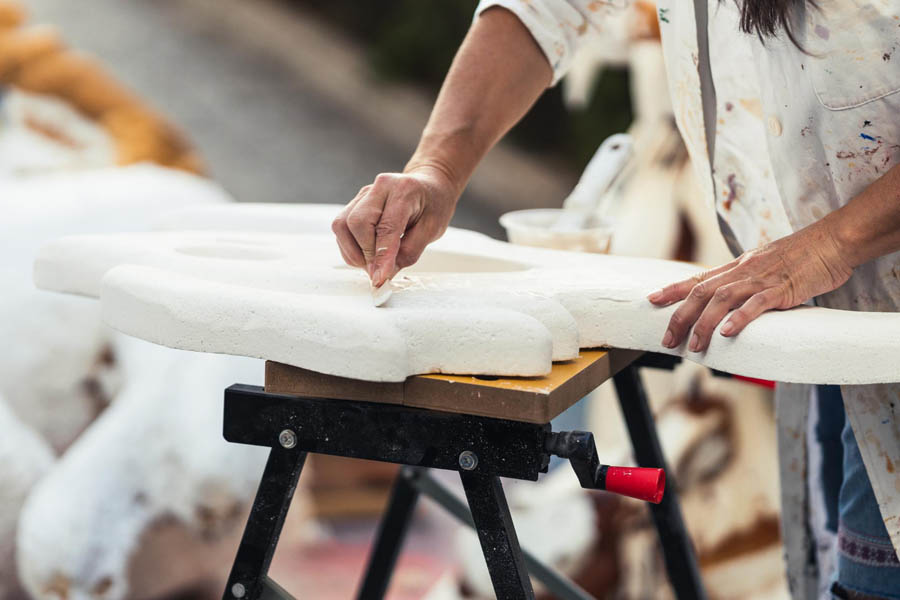
How to Prepare Vinyl and Foam Before Gluing
Cleaning the surfaces you intend to glue together is an essential step in the preparation process. Use a soft dry brush to remove any possible debris. The foam will also react to humidity and temperature changes, making it important to keep the foam dry and at room temperature while you prepare the surfaces and apply the glue.
Quick Tip: most vinyl will show imperfections on the surface beneath, so before you start, make sure the foam surface does not have any noticeable dips or bumps. Smooth it out using fine-grade sanding paper and use filler to remove any holes or gaps. Be sure to thoroughly clean the surface after sanding to remove any debris that could interfere with the adhesive bond.
How to Apply Glue for Vinyl and Foam
Apply an even layer of glue on both surfaces. Avoid making it too thick because that may increase the curing time without adding additional strength. Let the glue get slightly tacky, and then place both pieces carefully in place.
How to Cure Foam to Vinyl Glue
No matter what type of foam or vinyl you intend to work with, adhesives need a controlled and dry environment to cure quickly and evenly. Outdoor projects might need to be temporarily covered or moved indoors.
Clamps may be required if you need to keep the vinyl flush around curves or if you have to hold it against the pull of gravity. Secure all edges to make sure the vinyl is flush and taut against the foam. Avoid air bubbles by applying slight pressure and smoothing the vinyl over the foam several times.
Conclusion
The EVO-STIK brand offers some of the best glues for long-lasting adhesion between foam and vinyl. The versatility, strength, and weather-resistance of EVO-STIK “Sticks Like Sh*t” make it perfect for almost any project. Before you get started, remember to sand down the foam surface if necessary before gluing the vinyl in place for a smoother appearance.







